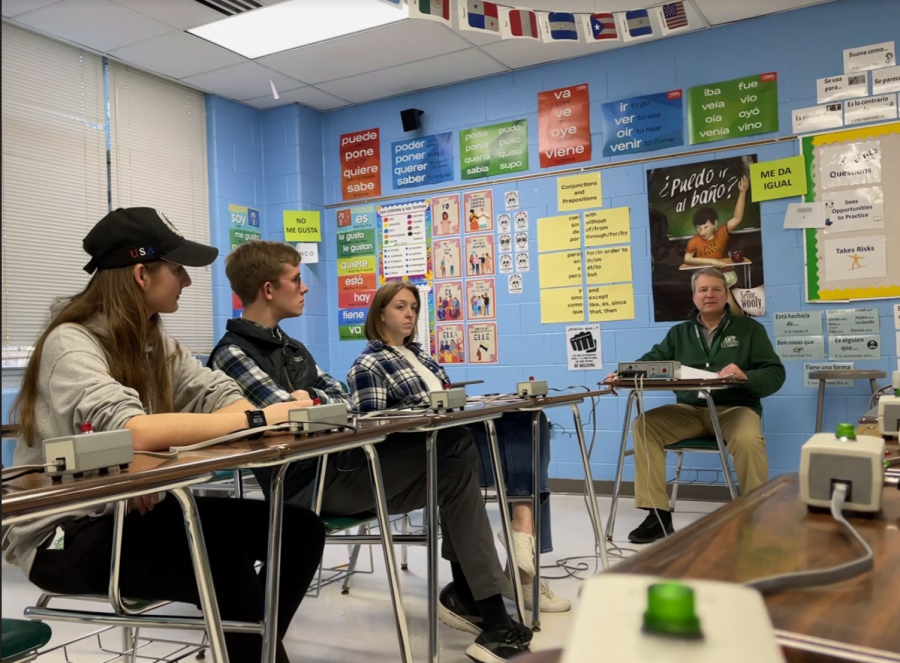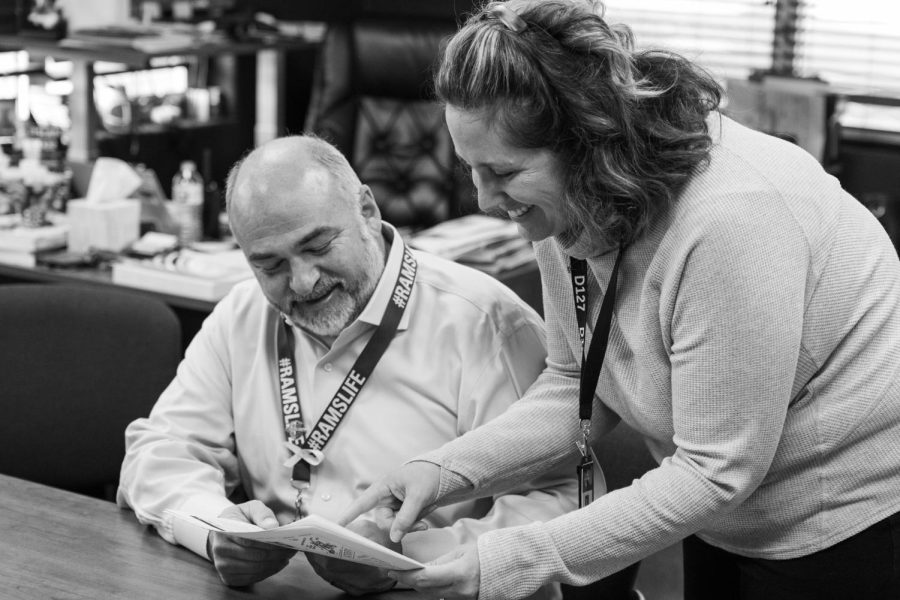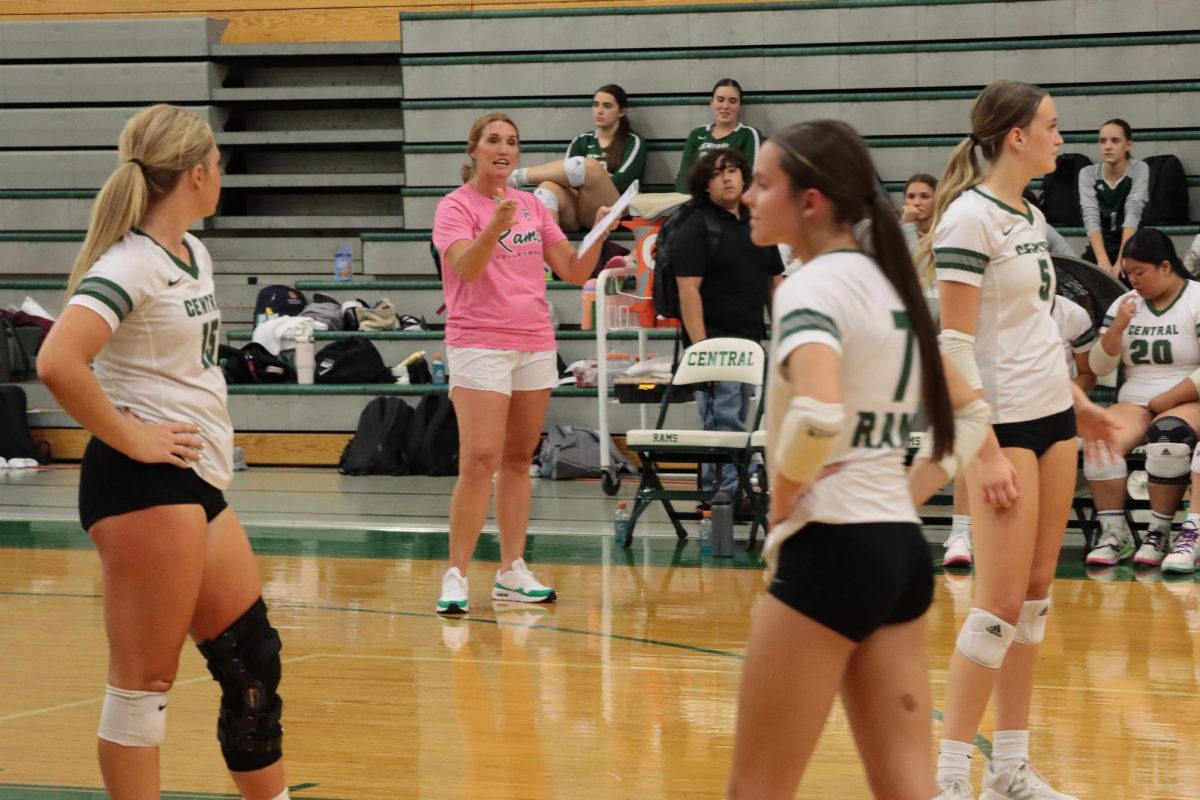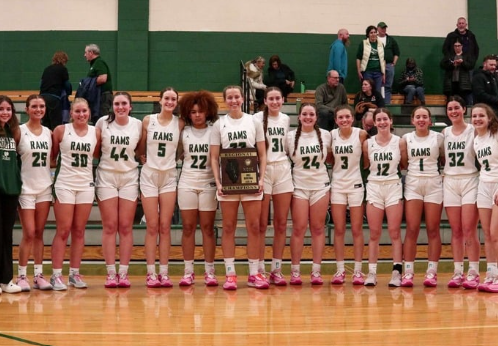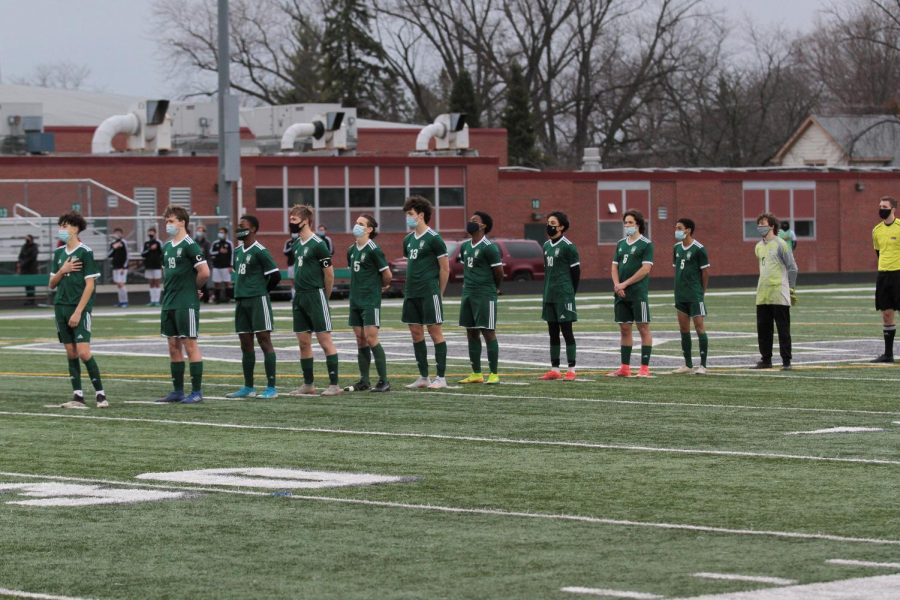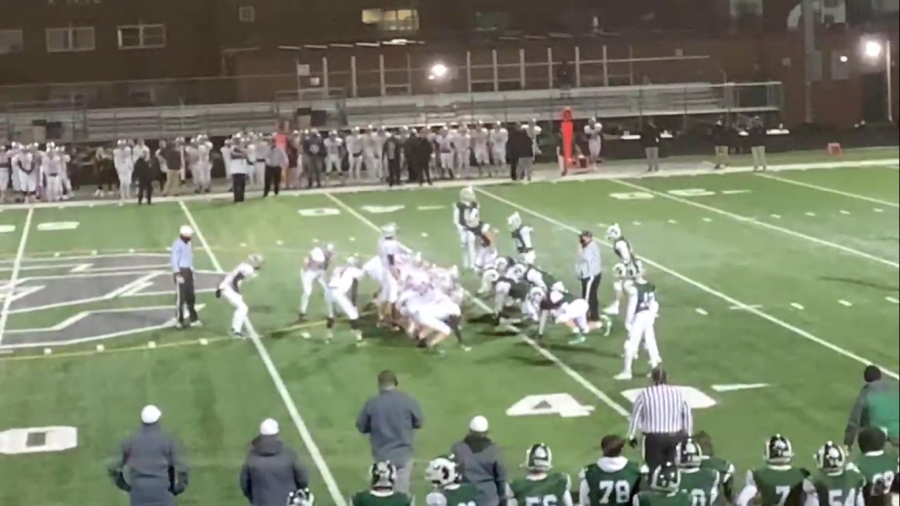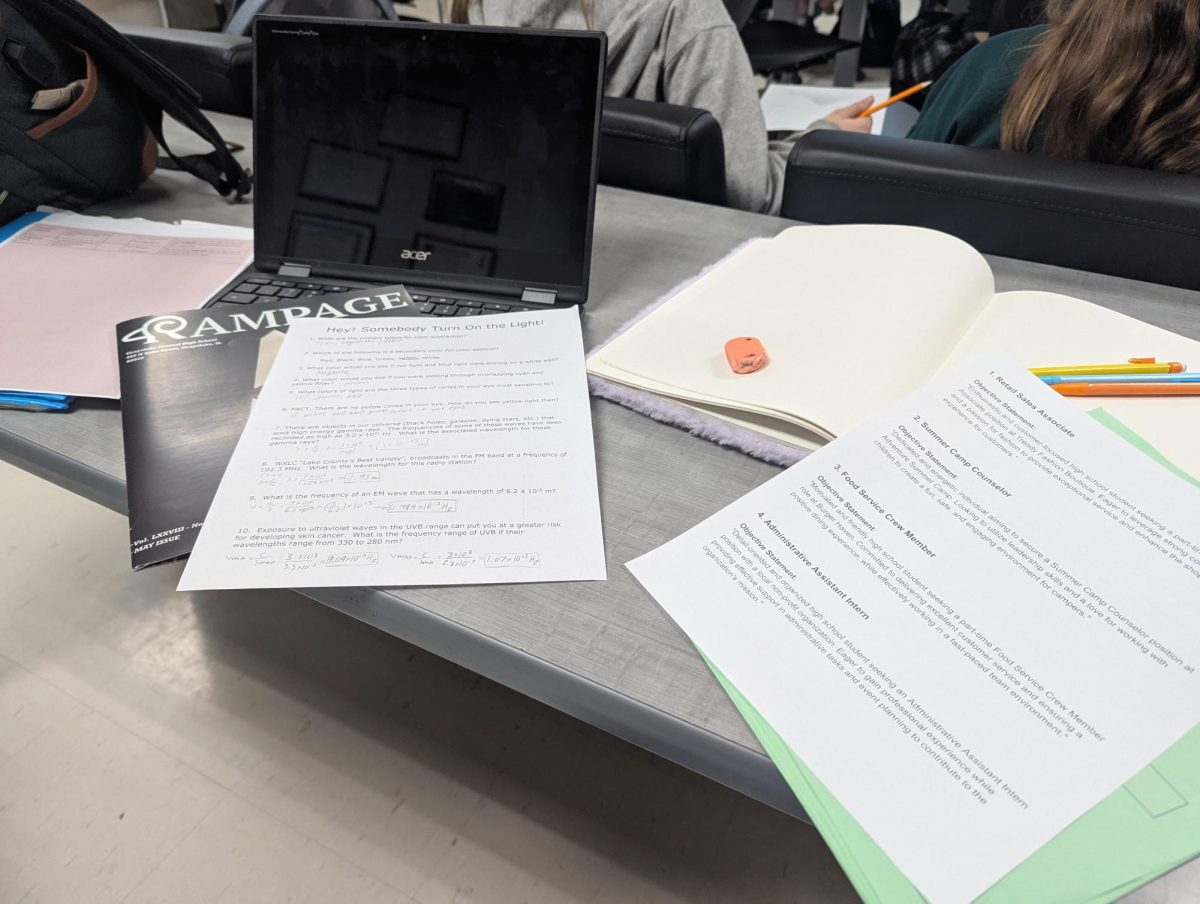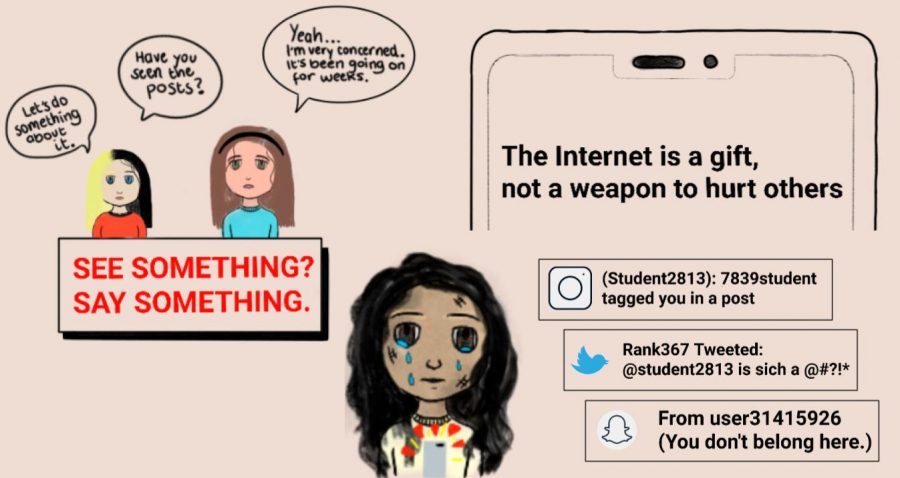Substitute teachers working hard
Because of the pandemic, remote learning is more difficult for teachers and students.
October 26, 2020
Substitute teachers have a different role now since remote started. Let’s hear their perspective on how things have changed, like if they join Zoom calls and if they are helping other teachers out, if they help students outside of class, and what their role is at school.
Jennifer Berg is a permanant sub at GCHS. Berg explains, “This year I took on teaching Ms. Lynn’s Personal Finance classes while she was out on maternity leave. I also work on special projects for administration. I also help teachers or guidance counselors with following up with students who may need extra help with classwork and homework. What sets me apart from other subs is that I have existing relationships with teachers, staff and students that I cultivate by working with students who need help, and I follow-up with those students to give support.”
Berg also helped supervise ISS and detentions during in-person learning, and she helps out many students with missing work or any work that they need help on during both in-’person and remote learning. She has a positive impact on many students because she does anything she can to help.
Berg states, “What I am doing matters. I know that there are students who need extra help, or who benefit from interactions with me, so that motivates me to keep going.”
Substitute teachers deal with many changes with how different the school system is now. Because of the pandemic, remote learning is more difficult for teachers and students. Technology is a big part of this because of technological problems with Zooms or students having a hard time joining class because of their wifi. Assigning assignments, scheduling Zooms, and grading all online can become very difficult.
Berg says, “Obstacles I have overcome are mostly technological including learning to schedule Zoom meetings, learning how to navigate PowerSchool, Schoology and Kami-including posting assignments and grading submissions.”
Substitute teachers have been working more than ever since we have not been in school. Berg says, “I am working much more now than when we were in school.” That means reaching out to students through Zoom calls or their phone numbers and helping them participate in class more and show they are present.
Berg states, “In the spring during eLearning I did lots of outreach to students via phone calls and Zoom to help them get caught up or engage in school. Now, I am teaching three classes, so I am learning lessons and technology and teaching students remotely via Zoom calls, while at the same time offering support students in my class who need it.”
Learning has changed for everyone and made things difficult for teachers and students. Substitute teachers should be thanked for all of the extra work they are doing during remote learning because of how much they help out with teachers and students.











